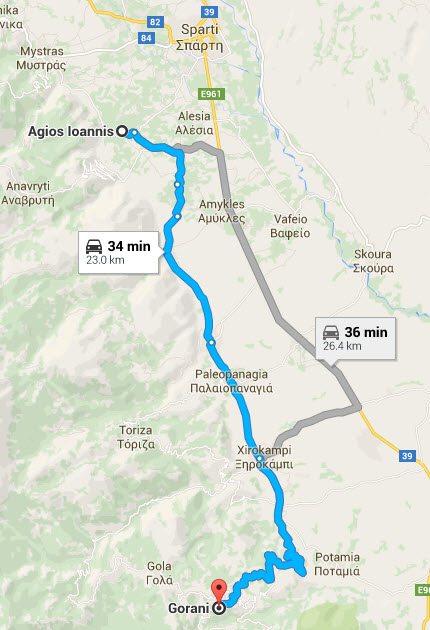I love going to the home of my Kostakos grandparents in Sheepshead Bay, Brooklyn. Sitting on a very rare double-wide lot, it was spacious and airy inside with beautifully manicured lawns and gardens surrounding it. I have happy childhood memories of exploring all of its nooks and crannies with my cousins.
Last weekend as we were scanning my grandparents’ photos, we came across this rare treasure: a picture of my grandfather, John, standing proudly at the side of his house.

John Andrew Kostakos, standing on the side of his home at 2669 East 26th Street, Sheepshead Bay, Brooklyn, NY, 1953
Looking at a similar view of house today (below), I honestly think it has lost some of its grandeur. The original color was a Williamsburg blue with hardwood siding which lent an air of aristocracy, not evident in the gold cedar shake shingles pictured below.
We calculated that Papou and Yiayia bought their home in 1950. We all agreed with my cousin, John, who said, “it was the most beautiful house I had ever walked into.” This home had amenities not seen in the average residence. On the first floor was a large living room enhanced with a three-dimensional fresco of three horses hanging over the fireplace. The fresco was raised, and it looked as if the horses were jumping out of the wall, headed right towards you. There was a dining room with a butler’s pantry, a breakfast room, a big beautiful kitchen, and as seen on the right above, a sun porch. There was even a wine cellar in the basement. The second floor had three bedrooms – a master bedroom and two smaller ones. John said, “the one thing I couldn’t get over was that the sink and toilet were in separate rooms from the tub,” a most unusual feature in the 1950’s.
Cousin Marianne remembered that there were crawl spaces all over the house; in the attic and even in bedroom closets. One day, she found a stash of Colorforms and Gulliver’s Travels cutouts as she was exploring.
The house sat on an unheard-of double lot situated three blocks from the Sheepshead Bay waterfront. As other homes were encircled in concrete, Papou’s house was surrounded by green, manicured lawns and flower gardens. We cousins sprinted around the property playing all types of games, not realizing as youngsters what a rare treat that was in the city.
John recalled hearing that our grandfather paid $25,000 for the house in 1950, bargaining the owner down from his asking price of $30,000. Looking ahead to the time when the big house would inevitably be too much to care for, Papou built a two-family brick house on the property in 1963. Eventually, this became the home of his daughter, Alice, who cared for both of her parents throughout their lives. My cousin, John, now lives in the apartment upstairs and he watches over Alice who lives on the first level. It is the home where we gathered last weekend for our scanfest.
This house is my grandfather’s testament of attaining the American dream. As an illiterate 17-year-old orphaned immigrant from a village outside Sparta, Papou traveled on a ship alone, coming to the new world to join his older brother, Vasileios. Papou went from push-cart vendor to Coney Island kiosk owner, to proprietor of a successful seafood restaurant in Williamsburg and owner of many properties in Brooklyn and Long Island. His is a legacy that brings continued pride and inspiration to his many loving descendants.


























